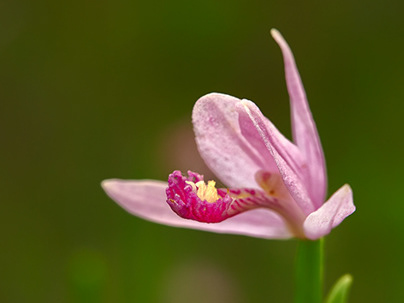From an engineering or design point of view, “wabi” may be interpreted as the imperfect quality of any object, due to inevitable limitations in design and construction/manufacture especially with respect to unpredictable or changing usage conditions; then “sabi” could be interpreted as the aspect of imperfect reliability, or limited mortality of any object, hence the etymological connection with the Japanese word sabi, to rust.[citation needed]The Japanese kanji characters:
錆
(sabi, meaning rust)
寂
(sabi, as above)
“Wabi-sabi is the most conspicuous and characteristic feature of traditional Japanese beauty and it occupies roughly the same position in the Japanese pantheon of aesthetic values as do the Greek ideals of beauty and perfection in the West.” ”if an object or expression can bring about, within us, a sense of serene melancholy and a spiritual longing, then that object could be said to be wabi-sabi.” “[Wabi-sabi] nurtures all that is authentic by acknowledging three simple realities: nothing lasts, nothing is finished, and nothing is perfect.”
The words wabi and sabi do not translate easily. Wabi originally referred to the loneliness of living in nature, remote from society; sabi meant “chill”, “lean” or “withered”. Around the 14th century these meanings began to change, taking on more positive connotations.[1] Wabi now connotes rustic simplicity, freshness or quietness, and can be applied to both natural and human-made objects, or understated elegance. It can also refer to quirks and anomalies arising from the process of construction, which add uniqueness and elegance to the object. Sabi is beauty or serenity that comes with age, when the life of the object and its impermanence are evidenced in its patina and wear, or in any visible repairs.
This is Daddy's Girls in Bluffton, SC. It is the only shrimp boat that I have found in the town, but it is a great one and scene. This was taken Saturday morning last week using a Fuji GFX 50R medium format digital camera system.I love shrimp boats and always try to incorporate them into travel and workshops.What more could you ask for in a scene? Wabi-sabi, moody sky, great reflections of a failing lively hood that is soon to be a thing of the past due to farm raised imported shrimp.To say that I am inspired to capture these scenes is too weak of a term. The fact is that I am DRIVEN to do so. Oh well, we all have our weaknesses and issues.....
Data: GFX 50R - _RGB3829 - Fujifilm Fujinon GF32-64mm F4 R LM WR - 58.6mm - ISO200 - S1-250s - f10 - Daddys Girls Port Royal - 2019
Look closely as there are some hidden jewels here...
Which-A-Way and friends...
Port Royal, SC , commercial dock, Fuji GFX50R in Acros Red mode using the Fujifilm GF32-64mm F4 R LM WR lens
GFX 50R - BW _RGB3940 - Fujifilm GF32-64mm F4 R LM WR - 32mm - ISO200 - S1-200s - f16 - Which A Way Port Royal - 2019
Warrior, fighting neglect and decay... and loosing
GFX 50R Acros Red - _RGB2891 - Fujifilm Fujinon GF32-64mm F4 R LM WR - 39.6mm - ISO1000 - S1-200s - f11 - Warrior Brunswick - 2019
Georgia Bulldog, Brunswick, GA
Data: GFX 50R B&W- _RGB2843 - Fujifilm Fujinon GF32-64mm F4 R LM WR - 50mm - ISO1600 - S1-100s - f22 - Georgia Bulldog Brunswick - 2019
This is the Grave Digger in Darien, GA! There were about 30 shrimpers there and I had a blast!.
Data: GFX 50R B&W - _RGB2669 - Fujifilm Fujinon GF32-64mm F4 R LM WR - 32mm - ISO320 - S1-200s - f11 - Grave DIgger Darien - 2019










